August gardening jobs: 12 easy tasks to complete this month
These August gardening jobs are the best way to keep the garden looking great in late summer
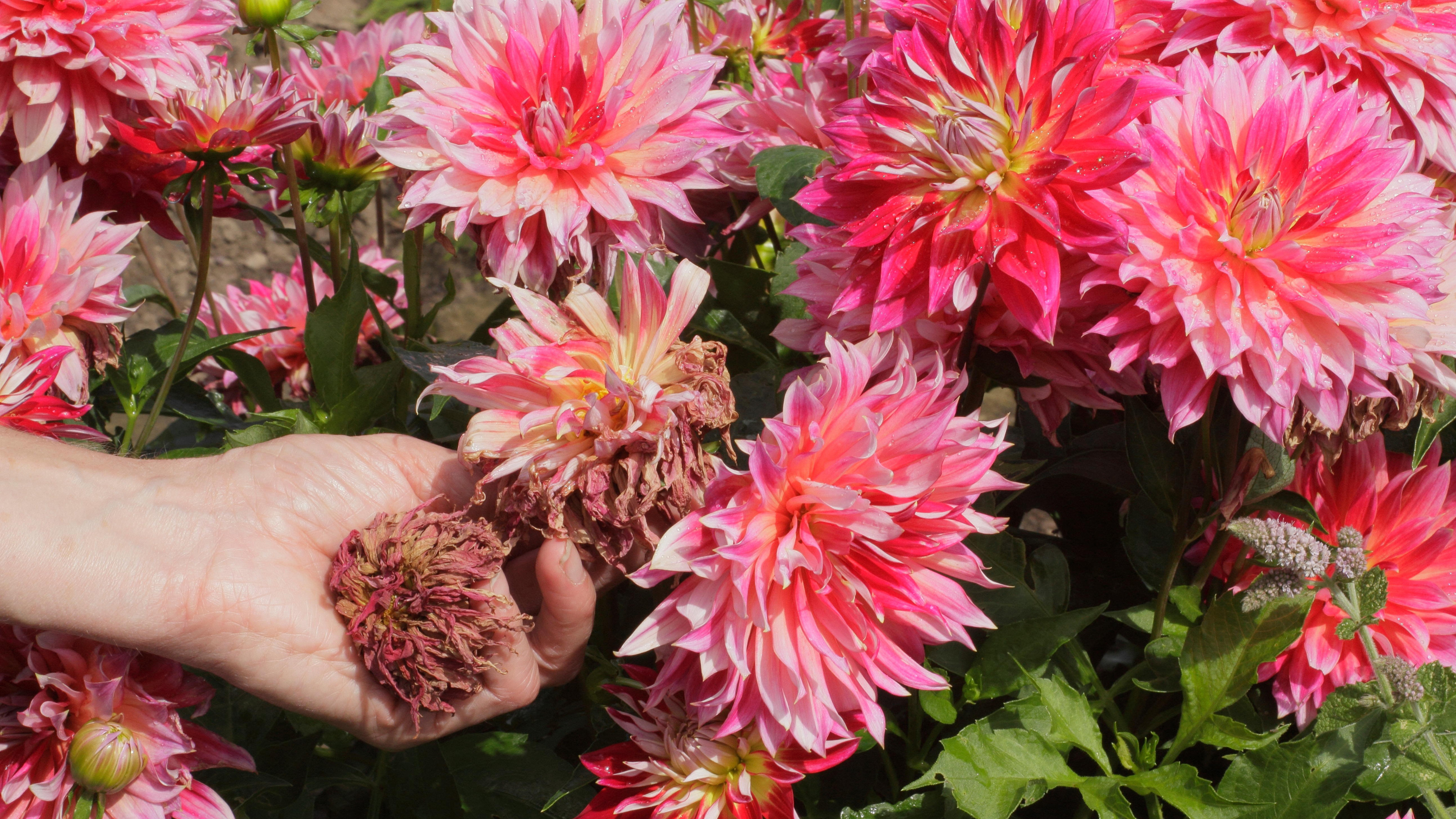
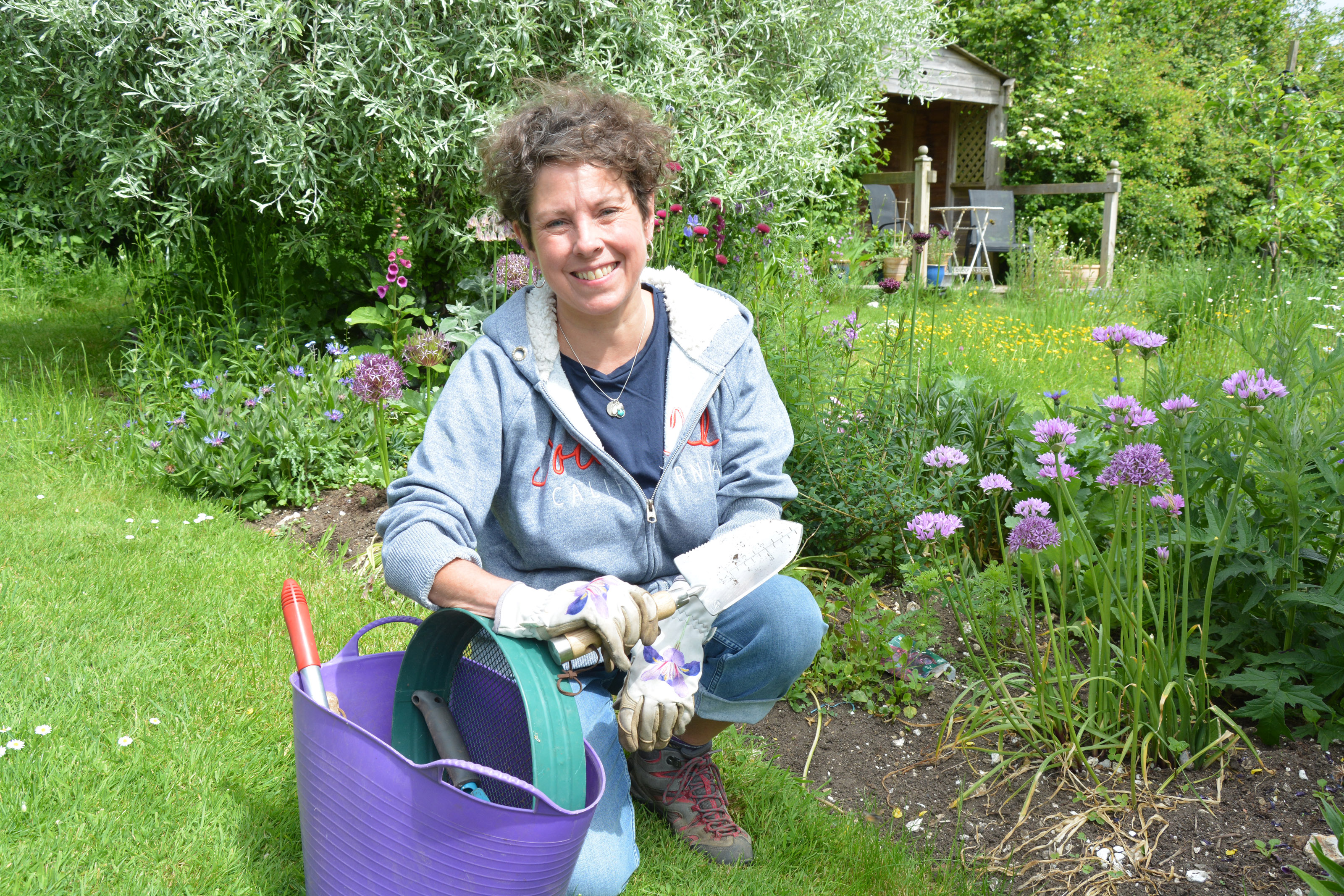
Our August gardening jobs are just what you need if you're looking for the best ways to keep your outdoor space looking beautiful for as long as possible.
This is the month where the garden should be ticking over nicely, full of colorful flowers and ripening crops. However, although many plants can be left to their own devices, this is not a time when gardeners can rest on their laurels.
There are still plenty of jobs to be done in the monthly gardening calendar for August, whether it's weeding and deadheading flowers, mowing the lawn or keeping pests in check.
Houseplants also need some care and attention as they are growing as much as anything in the garden, and this is also the perfect time to make more through potting up off-shoots and taking leaf cuttings.
Don’t panic if your lawn is looking the worse for wear after a tough, dry summer, it will soon green up again when the rains return and in the meantime there are still things you can do to keep it looking as good as possible.
Whether you add all of our August gardening jobs to your to-do list or just a few, you'll soon see the benefits of your hard work.
12 August gardening jobs to complete this month
Our top August gardening jobs will help you prioritize your to-do list and keep you busy outdoors over the coming weeks.
1. Plant a late summer container
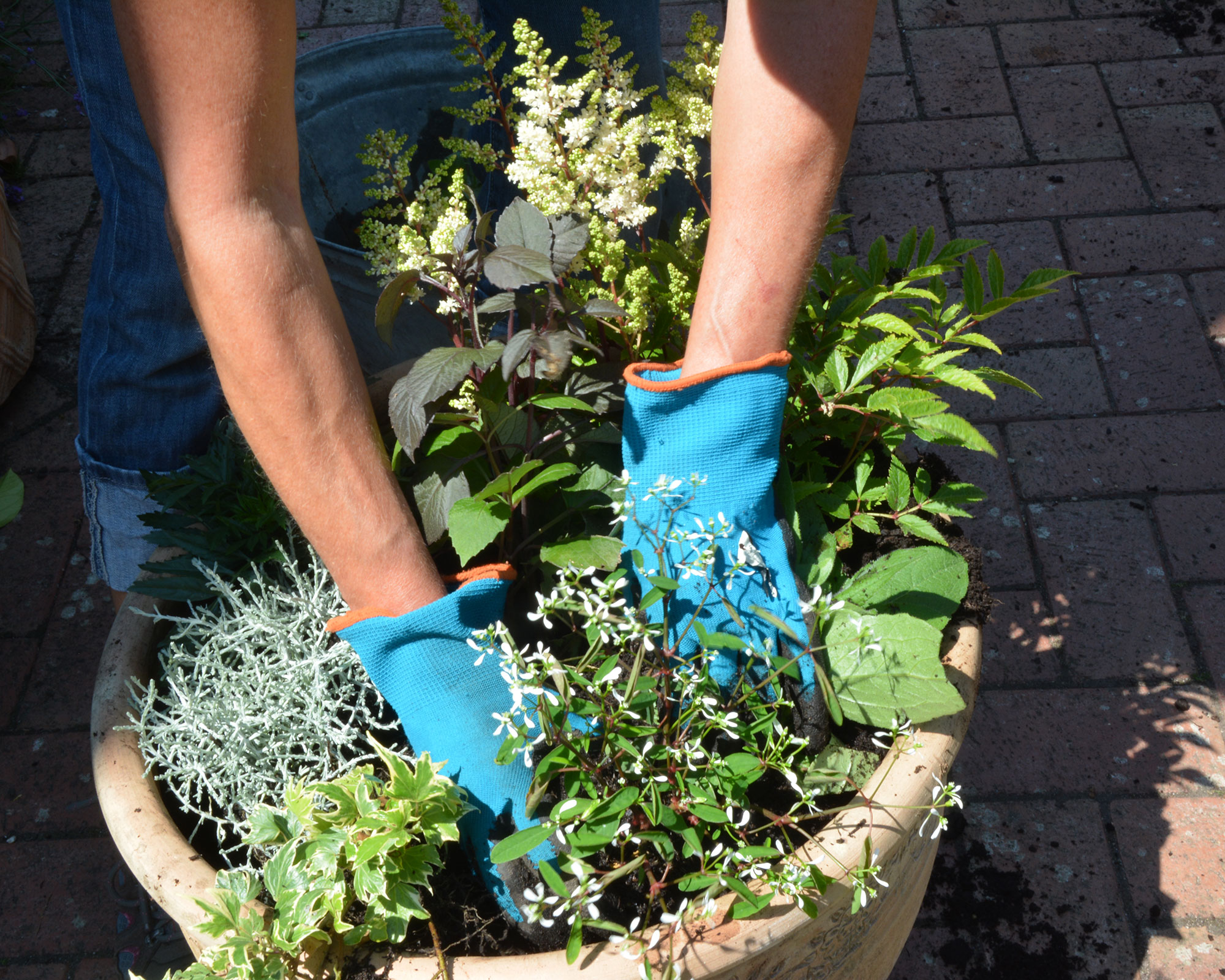
Add as many plants as you can to a late summer container, but don't worry about gaps as they will disappear as the plants grow
Container gardening ideas are a wonderful way of adding pops of color to the garden. Although most summer bedding plants have gone from the garden centers now, there are still lots of plants that can be used in pots, and many of them including dahlias, gaillardias, begonias and salvias will flower well into the autumn.
One of my favorite summer container ideas is to begin with the tallest central plant then add smaller and trailing varieties around the edge. Gaps will fill as the plants grow. In my pot I included an orange 'Bishop's Children' dahlia, with astilbe, variegated ivy and a silvery Calocephalus for contrast.
Always raise your garden planter up on feet to help excess water escape and to prevent waterlogging, which will drive oxygen from the compost and effectively 'drown' the plant. Pot feet also make it harder for pests to crawl in from below.
Watering plants well is essential to help settle the plants, firm compost around their roots and activate water-retaining granules, if used.
Top tip: If you are not sure whether your pot or basket needs watering, stick a finger in it up to the first knuckle. If it feels dry, get watering!
2. Protect wooden structures and fences before winter
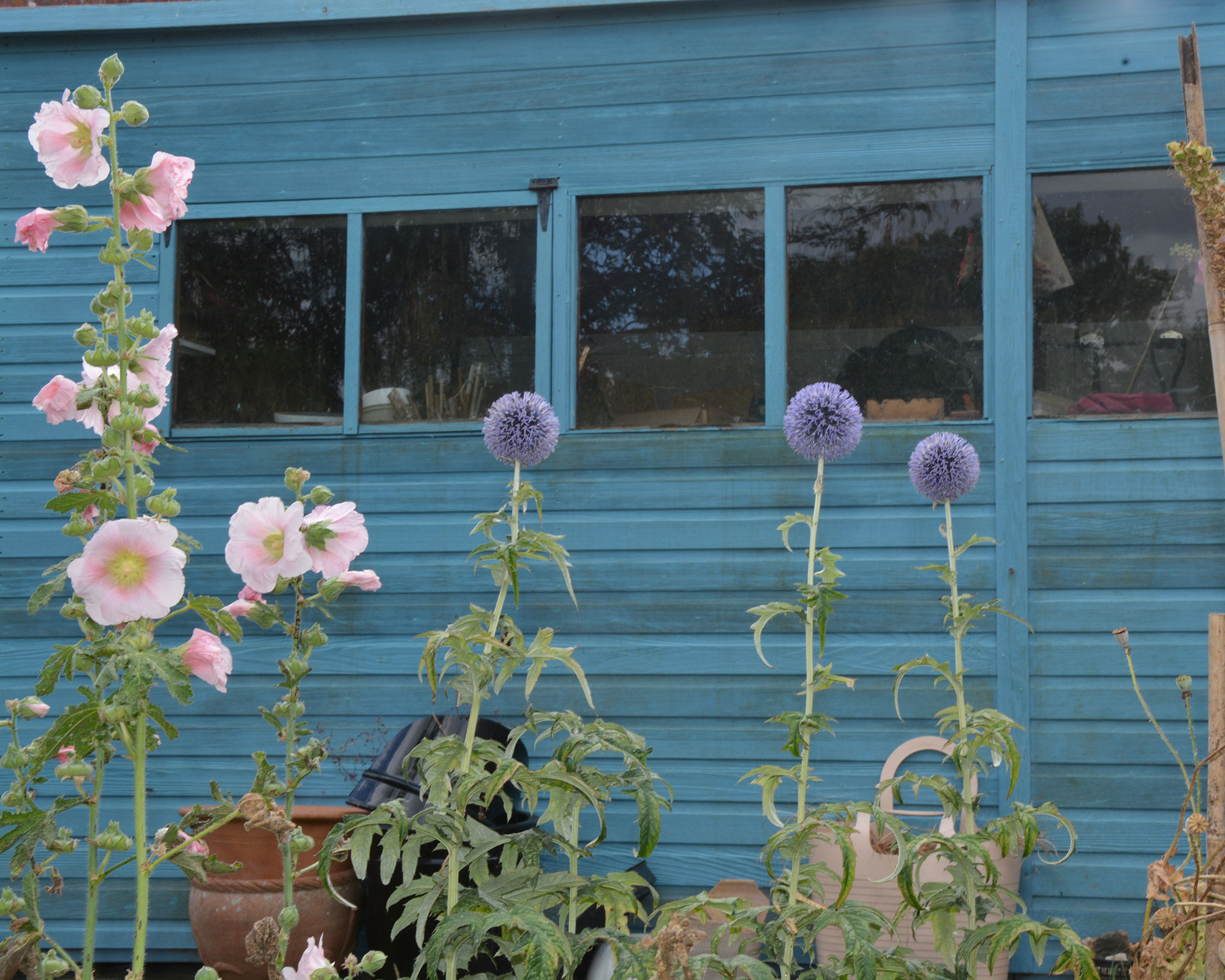
Paint or preserve sheds and wooden fences to improve their looks and protect them through winter
Wooden structures such as sheds and fences take quite a battering through the year and need protection against harsh weather and extremes of temperatures.
Once treated with paint, varnish or preservative they are more likely to successfully withstand the elements. However, one application isn’t enough and you need to repeat the process every couple of years to keep them in good condition.
While it’s traditional to use oil, preservative or paint in neutral colors, using colored exterior wood paint can help add another lively dimension to your plot.
Whether you're painting a fence or shed, choose a dry day and before painting or preserving. Brush or wipe the fence or shed wall to remove moss, algae and debris and, if wet, let it dry before painting.
If painting the shed, stick masking tape around the edges of the windows so you don’t get paint on the glass.
Top tip: Always follow the grain of the wood when applying preservative or paint as it will be easier to apply and give better coverage. More than one coat may be needed.
3. Propagate strawberries for better berries
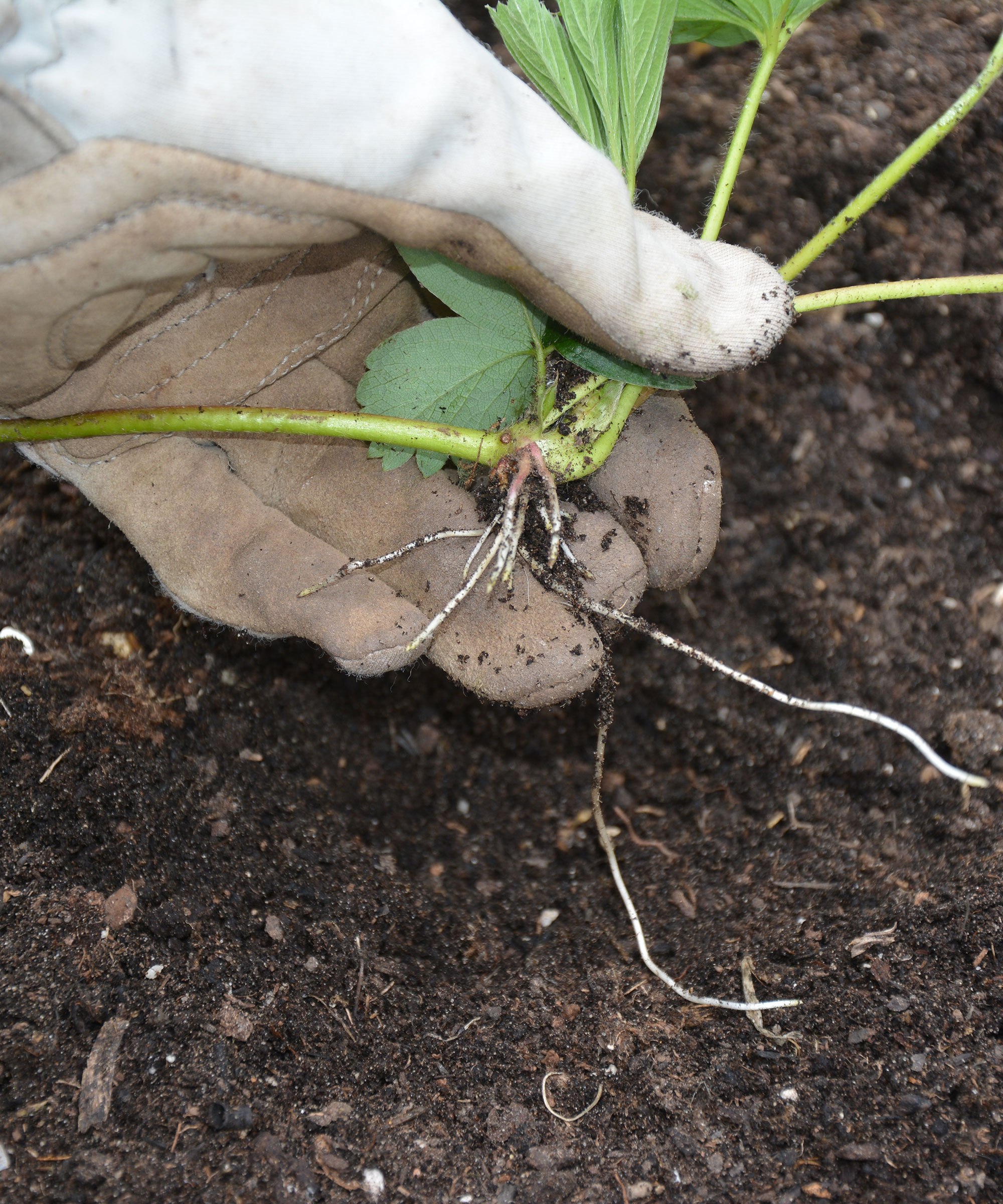
Strawberry runner with roots and a shoot already developing
If you've learned how to grow strawberries this summer, your strawberry plants will now merrily be sending out runners, long overground shoots that sprout tufts of leaves that root where they touch the soil, creating new plants.
If you don’t want these to take up residence close to the parent plants, dig them up and pot them up, still attached by the runner. They can be cut free when they have successfully rooted and started to grow and the runner has dried and shrivelled.
These new plants will be used to replace older ones next spring as strawberries tend to become less productive and more disease-prone after three or four years.
Simply find a runner that has healthy leaves and roots appearing along its length. Set the leafy part of the runner on a pot of compost and add more to cover the roots, then secure the plantlet to the compost using pegs on either side to hold the runner in place.
Water the pot, leave it by the parent plant until the new plant starts to grow, then cut it free.
Top tip: Find somewhere new to grow your strawberries every three or four years to keep them productive and prevent a build-up of diseases in the soil.
4. Tackle lawn weeds
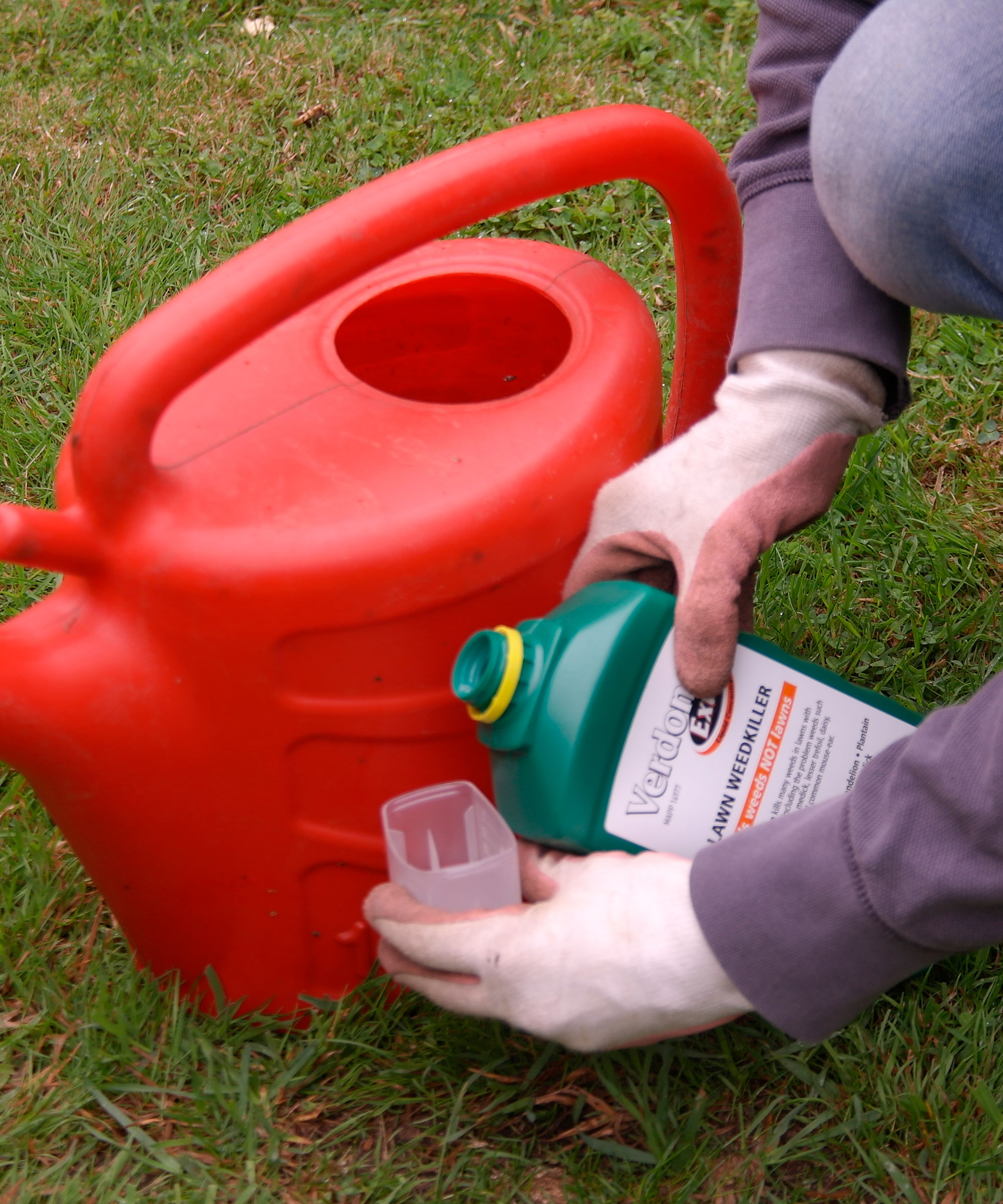
Tackle broadleaved lawn weeds with a lawn weed killer
Summer is tough for lawns, especially when we have had an extreme heatwave and no rain. Don’t worry though, your grass will quickly recover when the rains return, and in the meantime there are a few things you can do to keep it looking as good as it can right now.
If you're not sure how to get rid of lawn weeds, you can tackle broadleaved weeds such as dandelions, black medic and clover either with a lawn weed killer (never use general weedkiller as it kills grass too) or by digging them out.
If you have any bare patches, water them well then sow a feed and seed mix onto the soil. Fork it in and protect the patch from birds using netting pegged over the top. Keep soil damp as seeds germinate.
Top tip: Don’t waste water on your lawn as it will start to green up as soon as it rains. Save the water for crops and new plants that need all the help they can get.
5. Cut back and deadhead plants
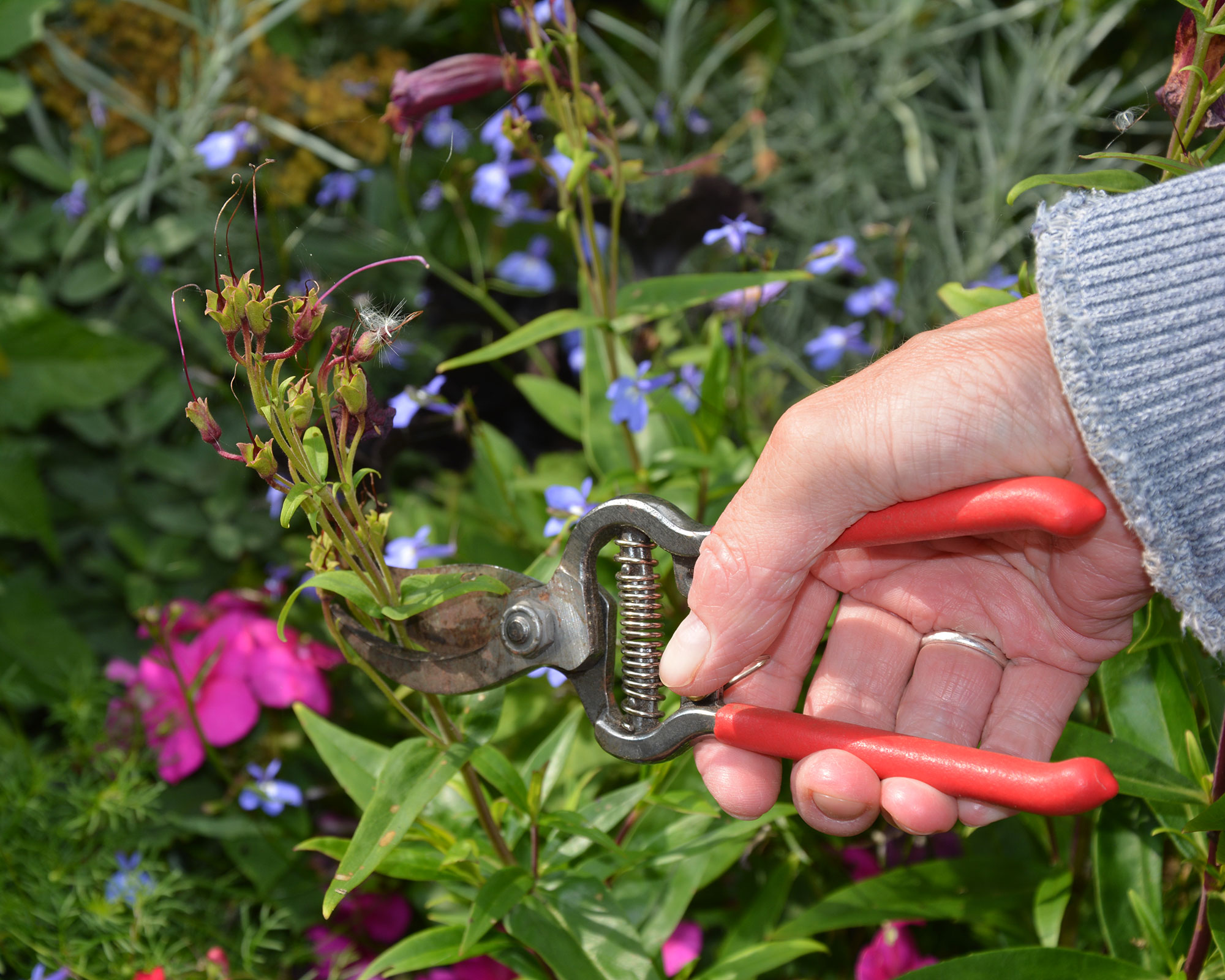
Deadhead plants regularly to keep them neat and encourage the production of more buds
Hardy geraniums can become rather straggly and unkempt if allowed to grow madly, so use your best garden shears to keep them in shape after flowering.
Deadheading flowers such as penstemons and other perennials and annuals as soon as their blooms start to fade will encourage further blooms.
Bring the color and scents of the garden indoors by cutting flowers for vases. This will also prompt many of them to flower again, later in fall.
Top tip: Always keep your best secateurs and shears clean and sharp to avoid damaging plant stems and spreading pests and diseases.
6. Catch up on maintenance
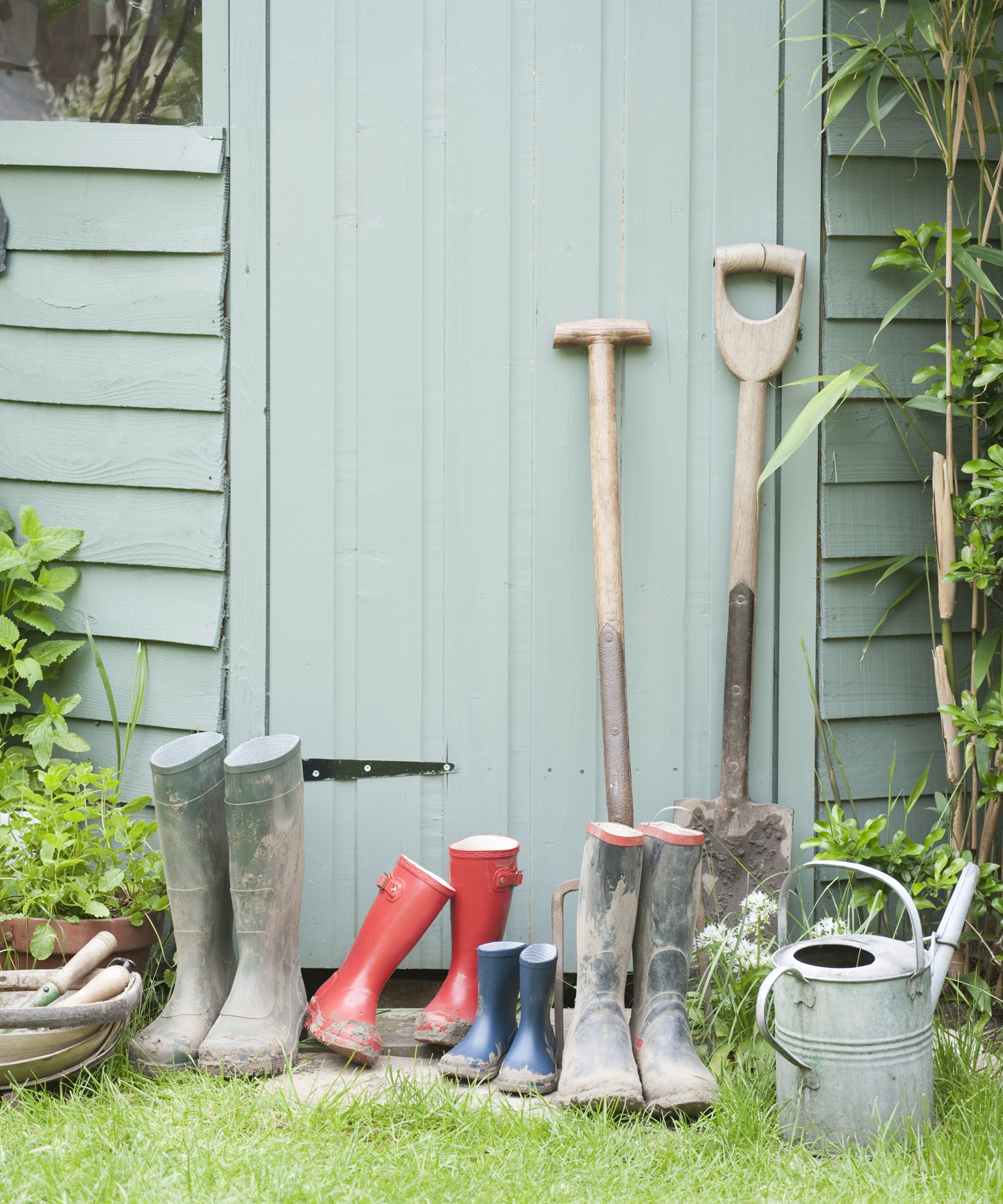
Keep your tools stored tidily inside your shed so you can find them easily when you need them
It’s been a busy summer so there is every chance your shed will be a bit of a mess, with piles of dirty pots, old seed packets and tools hastily put down and not put away.
Make tidying up your shed storage one of your August gardening jobs. Start by washing tools and then storing everything in its proper place. Tools should be disinfected and sharpened before autumn’s pruning and bed clearance starts.
7. Take care of garden wildlife
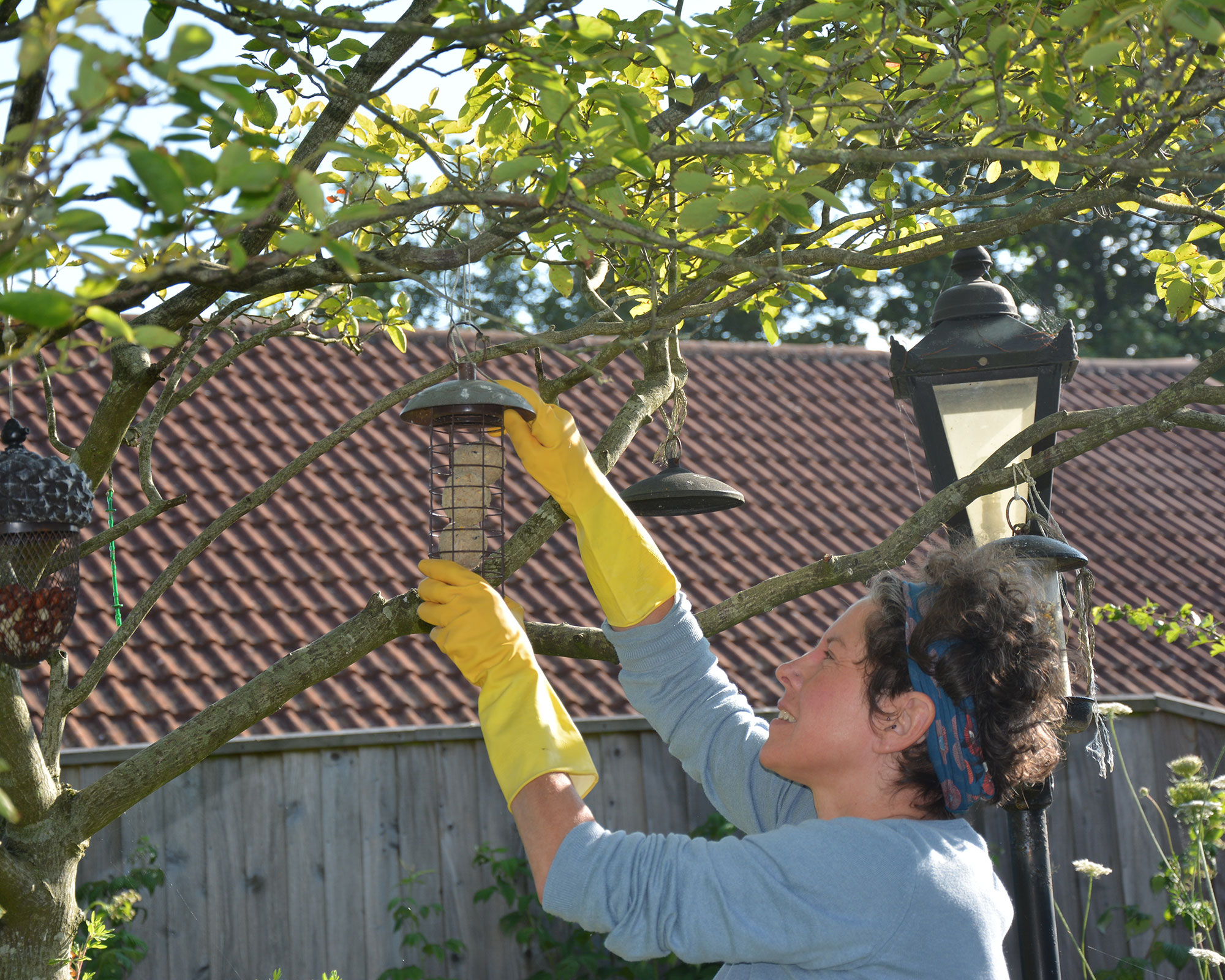
Birds will be exhausted and hungry after a summer raising their young, so keep feeding them
Continuing to feed garden birds and wildlife is important at all times of the year, so don't forget to include it on your list of August gardening jobs. You should provide them both with fresh water for drinking and bathing, especially during prolonged dry spells.
As autumn approaches, do a garden audit and work out what you could do to improve your wildlife garden.
Sow and plant pollinator-friendly flowers such as sunflowers, sweet peas, cerinthe, pulmonaria, globe thistle and sedum and create a scruffy area where wildlife and invertebrates can hide.
If you want to know how to help hedgehogs as summer is coming to an end, it's a good idea to feed them with dry cat food and give them fresh water. Never give them milk as it will upset their stomach, and don't feed with mealworms as they cause calcium deficiency leading to weakened bones.
8. Install a water butt or two
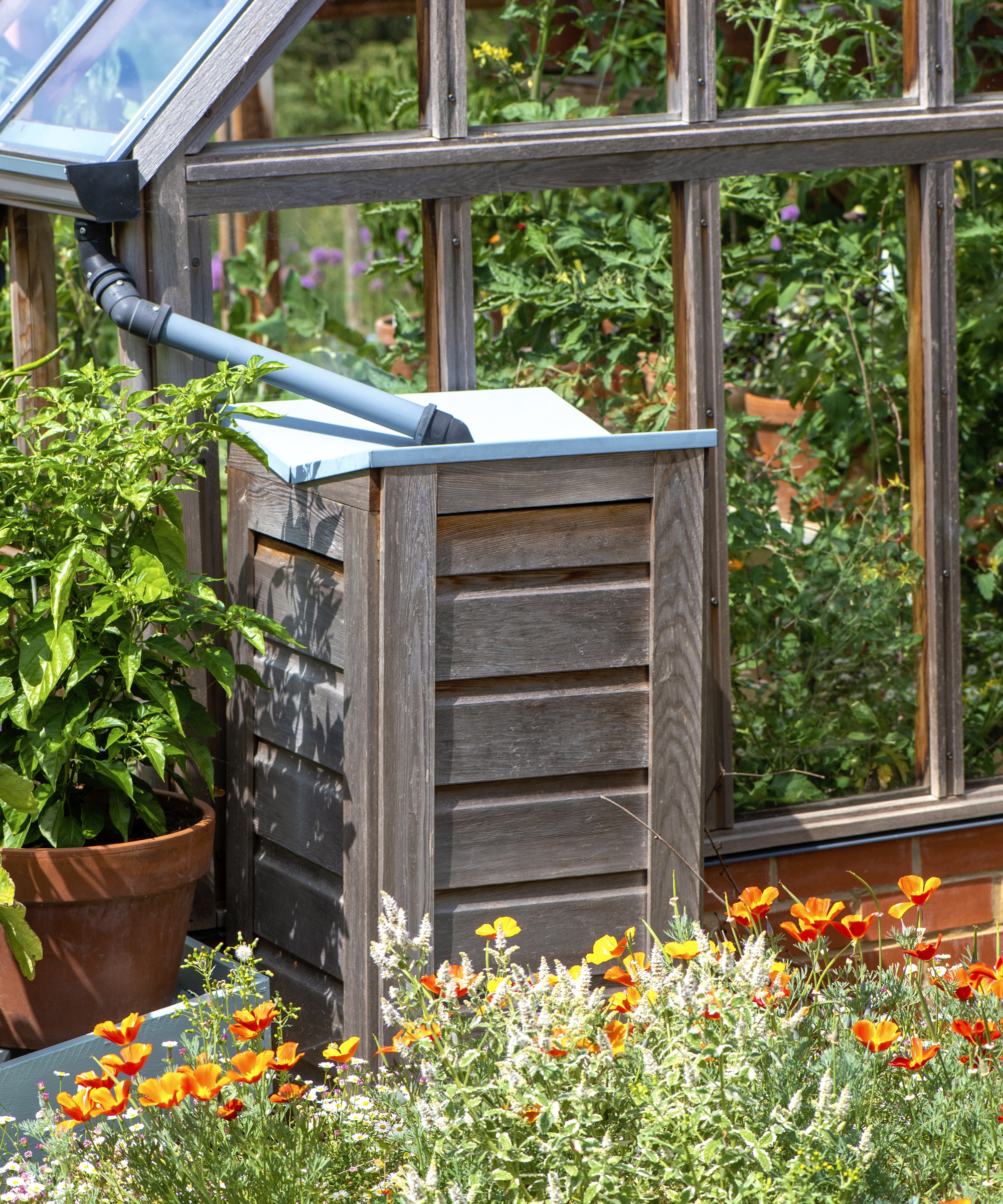
Install a water butt on a drainpipe so you can capture rainwater to use in the garden
One of the best garden water saving tips is to install a water butt before fall and winter rains arrive. In fact, if you have the space, install as many as you can on downpipes from the house, garage and greenhouse.
Water butts, or rain barrels as they are also known, are widely available from DIY stores and online and they are easy to install. They save money if you are on a water meter and if you put one close to areas of the garden that need a lot of water, they will save you time and energy too as you won't have to carry heavy watering cans for long distances.
There's more advice on getting the most from your water butt with our guide on how to use a rain barrel.
Top tip: Tie an old pair of tights/pantyhose over a downpipe leading to a water butt to filter out any debris. Just remember to empty it regularly.
9. Take cuttings of tender perennials
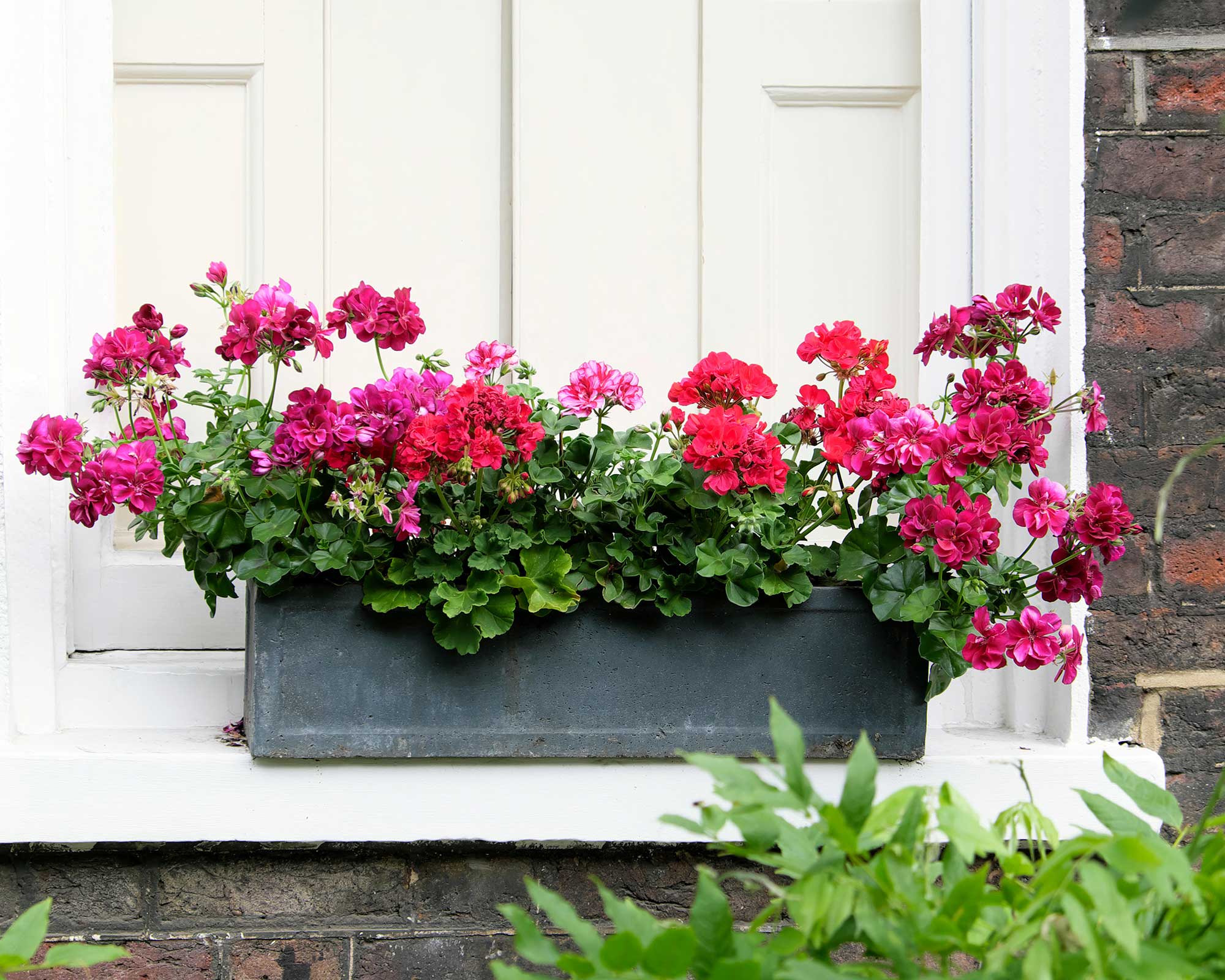
Make more plants for free by taking cuttings of pelargoniums
Learn how to take cuttings of tender perennials such as pelargoniums before you lift and store them in a frost-free greenhouse over winter.
The cuttings will give you more plants and also act as an ‘insurance policy’ in case the parent plants don’t survive winter.
Once you've taken your cutting, insert them into a pot of seed compost or peat-free compost that’s been mixed with grit to improve drainage, and set them somewhere warm and light, but out of direct sunlight. The cuttings should start to root in 4-6 weeks, at which time they will start to grow.
Top tip: You can either leave your cuttings where they are or pot them up individually in peat-free compost in a few months’ time. Keep them in a frost-free greenhouse or cool room over the winter.
10. Protect your plants if you're going away
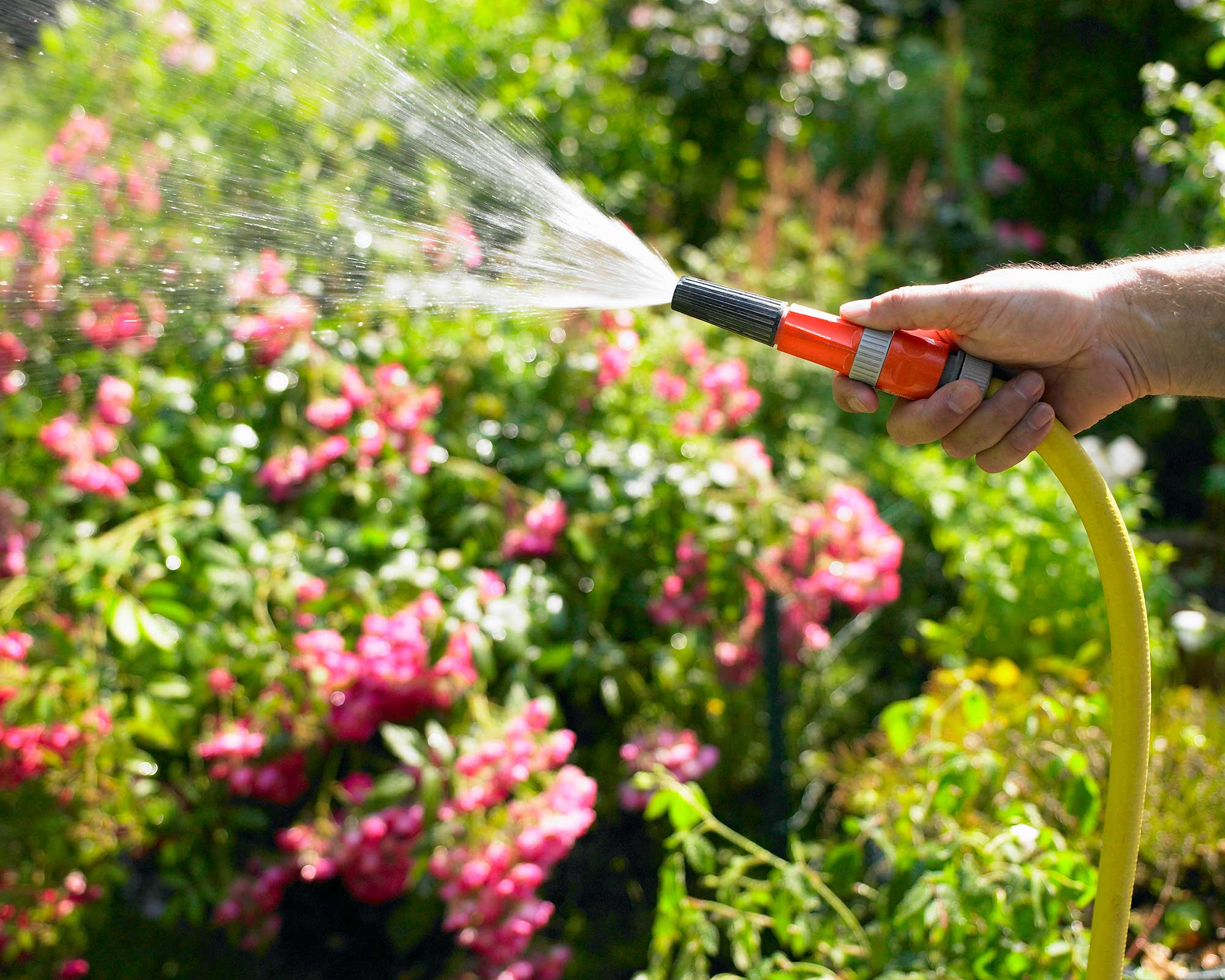
Ensure your plants survive while you're on holiday with a few simple measures
August is a prime month for holidays, whether at home or abroad. For best results when watering plants while away on vacation, group pots together in a sheltered, shady spot to reduce moisture loss. Make sure you give them a good soaking before you leave for holiday.
Indoors, place houseplants on towels draped into a sink or bucket of water to act as a ‘wick’. You can also buy self watering systems for pot plants that simply stick into the soil and plants draw water from them as needed.
11. Give your lawn a much-needed boost
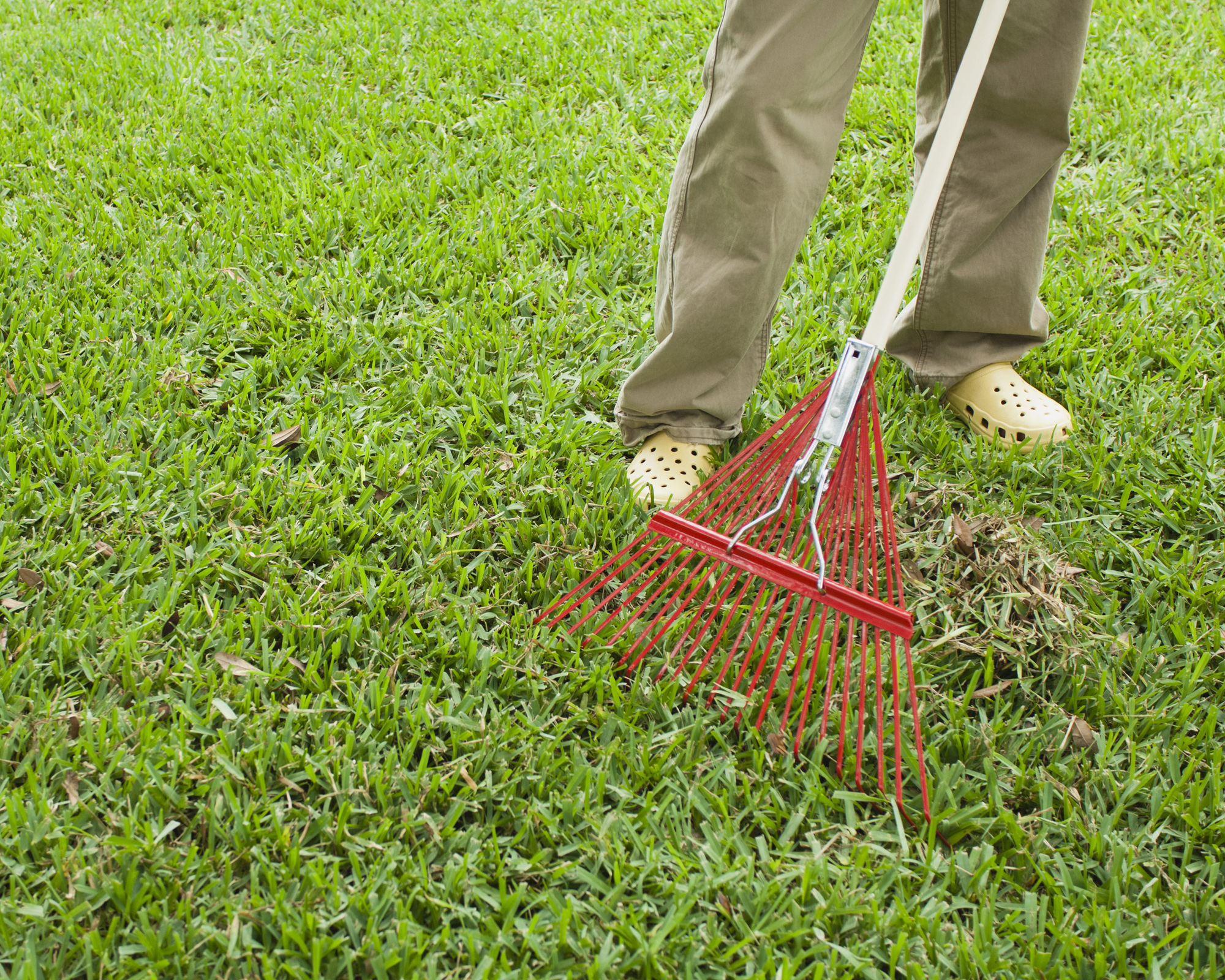
Remove dead grass from the lawn with a large rake
Spend time on your lawn care as part of your August gardening jobs and it will lead to a better-looking lawn for next year.
Scarifying the lawn by raking it will remove dead (grass) thatch. You can then aerate it with a fork or spike to improve drainage and top-dress using a mix of sharp sand or compost.
Feeding your lawn with an autumn granular food and moss killer will also help it over winter.
Remember, when you're mowing the lawn during hot spells, don't cut it too short as this can cause the grass to brown.
12. Get to grips with weeds
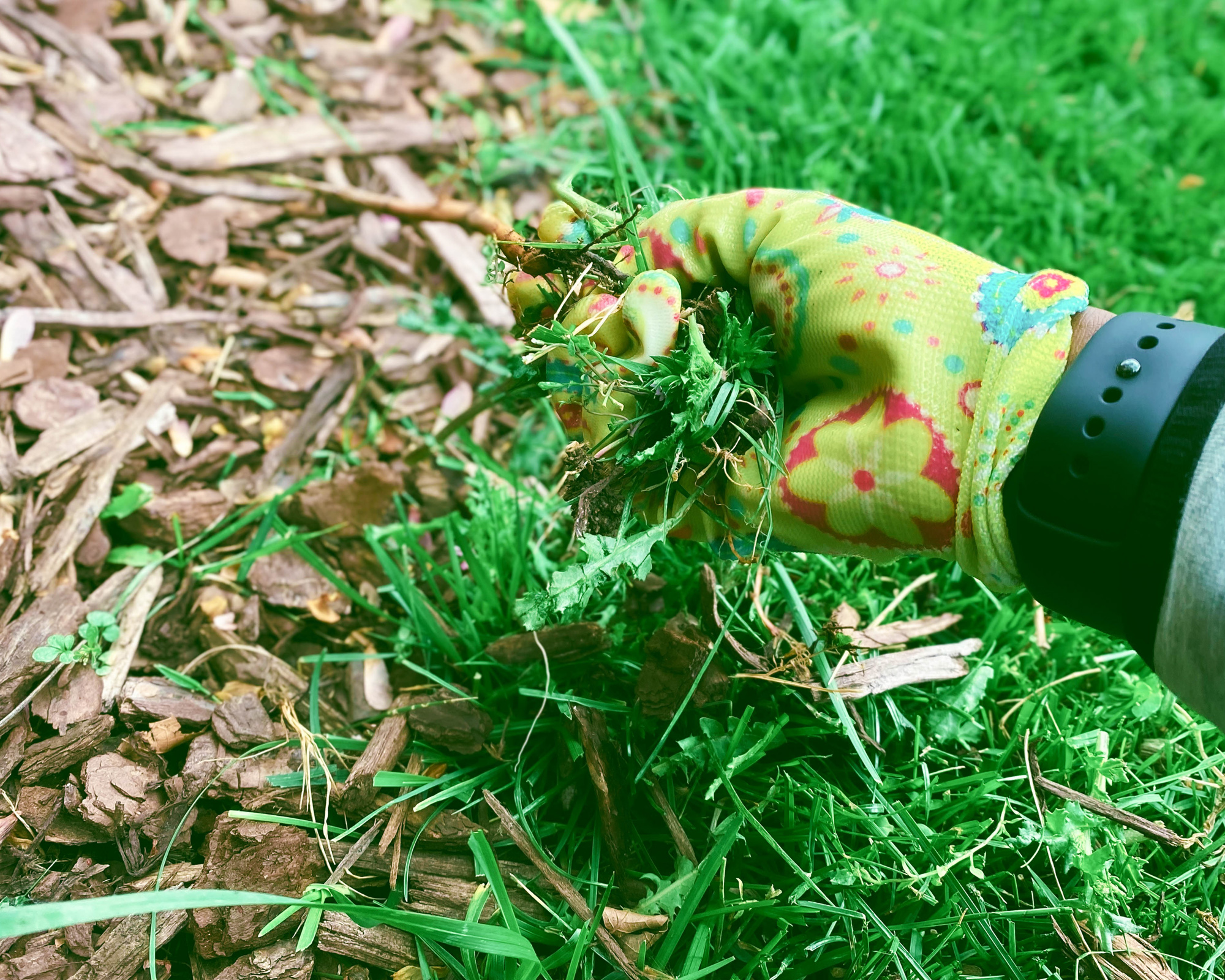
Keep on top of your weeding in August
Weeds can feel like unwanted guests at the best of times, but especially during summer when you want your garden to be looking its very best. Spend an afternoon digging up weeds and pulling them up by the root.
It's worth investing in a pair of the best gardening gloves as you may find that some weeds are spiky and can irritate the skin.
The general rule for how to get rid of weeds most effectively is weeding little and often, as the more frequently you weed the less effort it is to get rid of them before they have taken root.

Ruth is the gardening editor of Amateur Gardening magazine and spends her working days carrying out, writing about and photographing the tasks the readers should be carrying out each week, as well as testing many of the new products that arrive on the gardening market. She is horticulturally trained, with a qualification from the Royal Horticultural Society.
